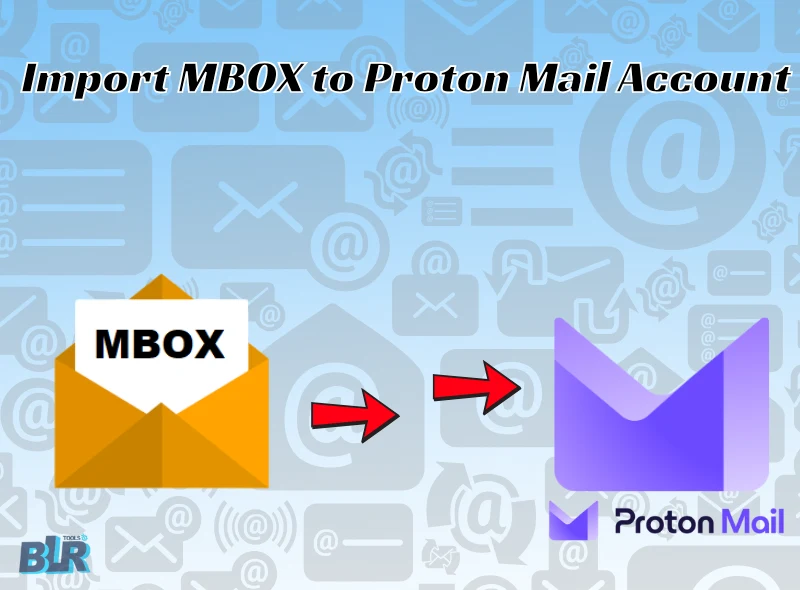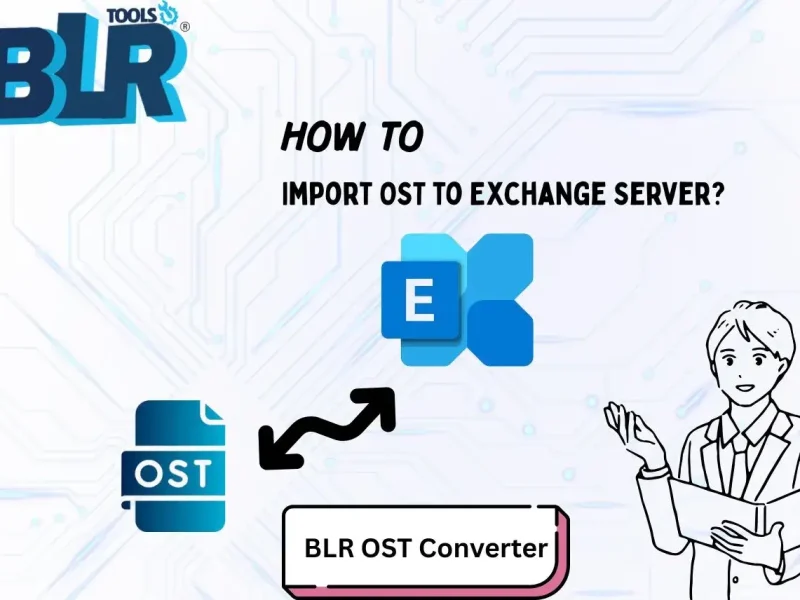If you have ever used Microsoft Outlook, you are aware that PST files are used to store everything. They work fine if you use Outlook daily, but what if you need to access your emails on another device or location? Things get complicated at that point. If you want flexible access to your Outlook data, convert PST to HTML and view your messages in any browser, anytime and anywhere.
I’ll explain the two best ways to complete the task in this blog post: a professional approach and a manual approach. Regardless of how many files you’re working with, you’ll know how to export PST emails to HTML the best way by the end.
Why Convert PST to HTML?
Let’s take a brief look at the reasons why people want to convert PST to HTML before getting into the techniques:
- No Outlook was required: HTML emails can be displayed in Chrome, Firefox, or Edge, as well as any other browser, after conversion.
- Basic sharing: I would like to share a copy of an email with someone not use Outlook? HTML works like a charm.
- Cross-device: HTML is supported across Windows, Mac, and even Linux.
- Storage: HTML is lightweight, and storage becomes very easy over the long term.
In general, conversion is the wise choice if you wish to open PST emails in HTML format. Let’s explore the top 2 methods to convert PST to HTML, step by step.
Manual Method – Export PST to HTML Using Outlook
Outlook offers a basic built-in option for convert PST to HTML for a small number of emails. Here’s how it works;
- Open Outlook on your computer.
- Choose which email you wish to keep.
- Go to File > Save As.
- In the “Save as type” dropdown, pick HTML.
- Choose a folder on your computer, then click Save.
That’s it! You can now open your email in any browser because it has been saved as an HTML file.
Pros of the Manual Way
- 100% free (if you already have Outlook).
- Straightforward for small jobs.
Cons of the Manual Way
- Works only one email at a time.
- Extremely slow for large PST files.
- No option to convert entire folders in one go.
Therefore, even though this method allows you to export PST to HTML, it isn’t practical for larger tasks. That’s when you need something stronger.
How to Convert PST Emails to HTML Automatically?
A professional tool is the best option if you have hundreds or thousands of emails to manage. Using a PST to HTML Converter makes the process efficient, reliable, and stress-free.
The BLR PST converter tool is a great choice. Although it supports a number of other formats, including PDF, MBOX, EML, and even cloud platforms like Office 365 and Gmail, this tool is reliable when your main goal is to convert PST to HTML quickly and accurately.
Why Choose a PST Converter Tool?
- Convert in bulk – Handle multiple PST files at the same time without repeating the process.
- Safe conversion – All attachments, formatting, and email details stay the same.
- Preview before Export – Check your emails inside the tool so you know what you’re saving.
- Supports large files – Works smoothly even if your PST files are oversized.
- Multiple formats – Not only HTML, but also PDF, EML, and even convert PST File to MBOX can be exported.
Steps: Convert PST to HTML with Attachments
- Install and launch the software.
- To load your PST file, click Add File.

3. Choose the folders you want to export and click Next.

4. Choose HTML as the format, set the saving path, and click Export.

You won’t need Outlook to export PST to HTML and view your emails on any device in a matter of minutes.
Quick Comparison: Manual vs Professional
| Feature | Manual Outlook Method | PST Converter Tool (e.g., BLR Tool) |
|---|---|---|
| Ease of Use | Simple for one email | Easy for bulk files |
| Speed | Very slow for many emails | Fast, even for large PSTs |
| Cost | Free | Paid (with trial available) |
| Accuracy | Risk of missed attachments | Preserves all data |
| Best For | Occasional one-off needs | Regular or large-scale conversions |
As you can see, the manual method is effective for very small tasks, but using a trustworthy PST to HTML Converter is usually the best way to export PST to HTML.
Conclusion
PST file conversion doesn’t need to be difficult. Outlook’s “Save As” manual option is good if you only need a small number of emails. A professional PST to HTML Converter, however, is the better option if you’re working with larger files or want to finish everything at once. You can convert PST to HTML and open them in any browser with ease, thanks to tools like BLR PST converter software, which also saves time and protects your data.
Therefore, the best method for export PST to HTML will depend on your needs; small tasks can be completed by hand. This covers sharing, archiving, and even just making your Outlook data easier to find. A trustworthy PST converter tool is the best option for everything else, though.




